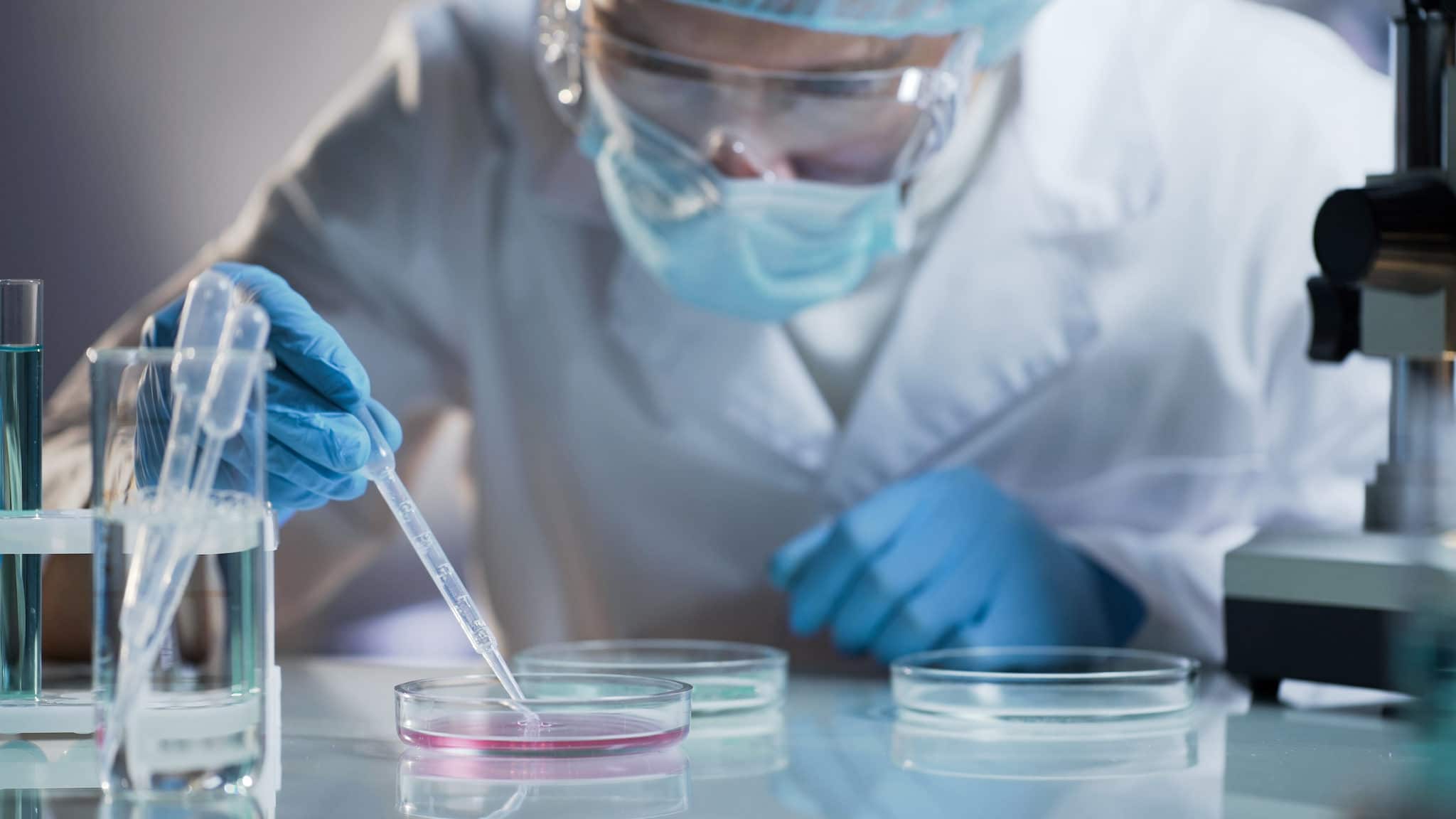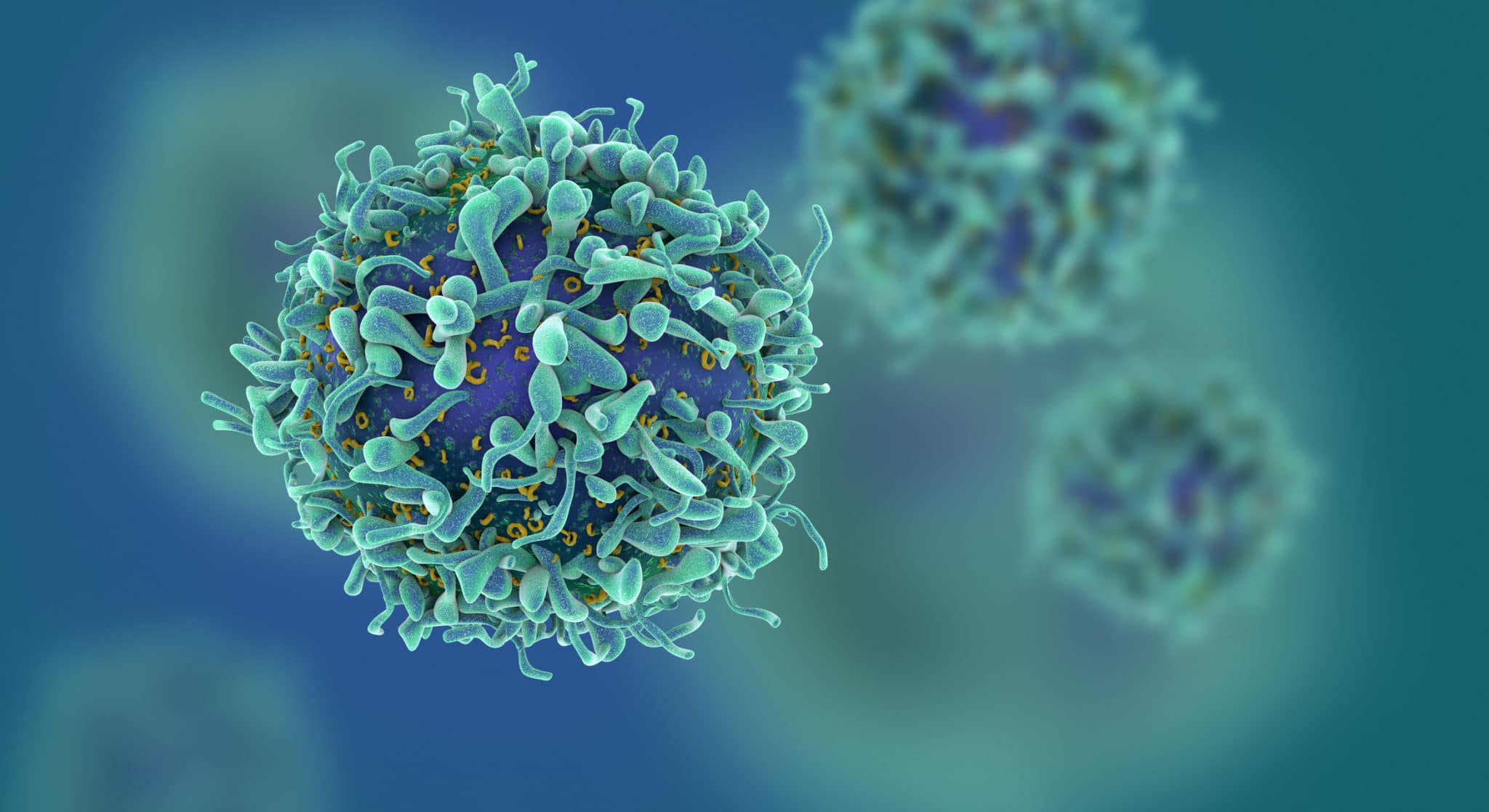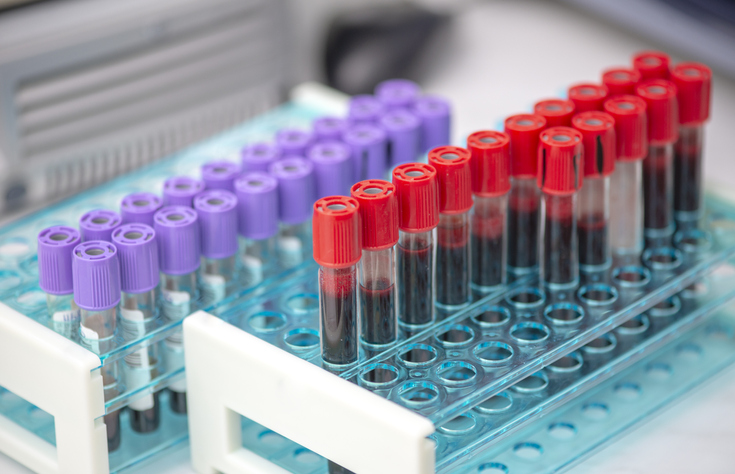Blog
Category: Technical
CTC Separation: Circulating Tumor Cells Isolation Methods and CTC Isolation from Whole Blood
Updated on May 18, 2025 Share
CTC Separation When a cancerous tumor is present in the human body, some of the tumor cells can be shed into blood or lymph vessels, where they travel through the bloodstream alone or in clusters. These cells are called circulating tumor cells (CTCs). Scientists can collect these cells for research purposes through a process called CTC separation. CTC separation is the process of CTC isolation from whole blood samples. Residual …
The Simplest and Quickest Method for T Cell Isolation From Mouse Spleen
Updated on May 19, 2025 Share
Spleen Cell Isolation Just as a gold mine has different areas with higher concentrations of gold, different parts of the body have different levels of T cells. In a mouse, the spleen cell culture is composed of around 100 million splenocytes. Splenocytes are mononuclear white blood cells (WBCs) derived from or situated in the spleen. T cells typically comprise roughly 25% of the total splenocyte population. While murine (relating to …
CD4 Helper T Cells: What Are CD4 T Cells? CD4 T Cell Functions and Isolation Methods
Updated on May 19, 2025 Share
What are CD4 Cells? The human immune system is broken down into two major categories: the innate immune system and the adaptive immune system. The innate immune system is comprised of different physical, chemical, and cellular responses to pathogens that jump into action, offering general and non-specific first line defense when the immune system is called to act in an effort to contain the spread of pathogens. The adaptive immune …
Magnetic Beads for Cell Isolation and How to Remove Magnetic Beads From Cells
Updated on May 17, 2025 Share
Cell Separation Using Magnetic Beads Due to a constant demand for enriched cell samples, there are a variety of methods used to isolate and extract target cells from a mixture. One of the more common techniques is magnetic-activated cell sorting (MACS). MACS uses magnetic beads and a magnetic separation column to perform cell enrichment. MACS The goal of MACS, also called immunomagnetic cell separation, is to isolate a single cell …
What is Buffy Coat in Blood? Buffy Coat Preparation and Buffy Coat Cell Extraction
Updated on May 16, 2025 Share
What Is a Buffy Coat? A buffy coat is a mix of lymphocytes, monocytes, granulocytes, and platelets, isolated from plasma and RBCs by centrifugation. In a sample of peripheral whole blood, less than 1% of the cells are white blood cells (WBCs) and platelets. When researchers put the sample through a centrifuge, a machine that spins the blood, those WBCs and platelets combine to form their own layer suspended between the red blood …
Density Gradient Centrifugation for Cell Separation
Updated on May 17, 2025 Share
Optimizing a cell separation method is critical for many researchers. There are various ways to sort different types of cells, and the best methodology often depends on the cell subset. One of the quicker and more cost-effective ways to sort a sample based only on physical characteristics is using centrifugation.
FACS, MACS, and BACS™: What’s the Difference?
Updated on May 17, 2025 By Jason Ellis, PhD Share
In the fast-evolving world of biomedical research, the ability to accurately classify and analyze cells is pivotal. Cell isolation and sorting technologies provide essential tools for researchers in several prominent fields, including immunology, cancer research, and stem cell studies. Among the most prominent techniques are fluorescence-activated cell sorting (FACS), magnetic-activated cell sorting (MACS), and the emerging buoyancy-activated cell sorting (BACS™). Each of these methods has unique advantages and challenges, shaping …
Cytotoxic T Cells Role in the Immune System
Updated on Apr 7, 2025 Share
Cytotoxic T Cells A cytotoxic T cell (CD8+ T cell) is a type of T cell responsible for eliminating substances the immune system identifies as harmful. Cytotoxic T cells play a critical role in limiting infections and bacteria in the body. Functions of Cytotoxic T Cells Viruses and other bacteria attack by multiplying and spreading diseases as infected cells. Once a cell is infected, there is no way for antibodies …
Performing Blood Cell Isolation from Whole Blood Samples
Updated on May 18, 2025 Share
How Is Plasma Separated From Blood? Each blood cell type has its own unique purpose and function and separating the various blood components allows scientists to analyze specific cell types. For example, human leukocytes can be used to study immunological functions such as cytokine production and surface marker expression. Other blood components can be used to detect diseases. Once separated, blood cells can be further isolated into cell subsets. Components …
Microbubbles and Centrifugation: How It Works
Updated on May 19, 2025 Share
Can microbubbles be pelleted by centrifugation? In short, no. At least, not a pellet that you would see at the bottom of your tube when you spin down cells. Here’s how it works.






